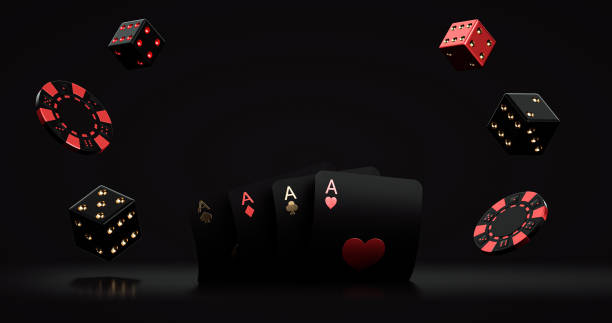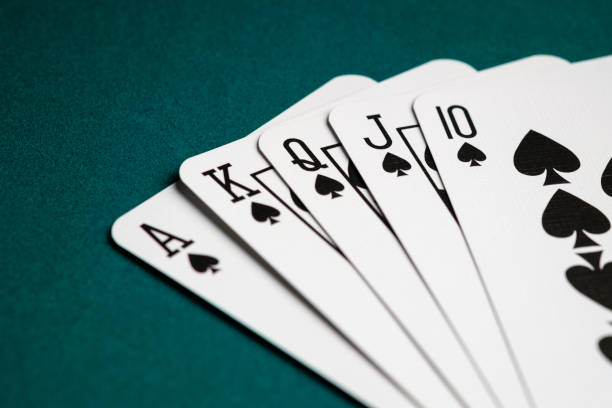
If you’re a seasoned player, you know that position in poker is critical to winning big games. Every pro knows that the best players have an optimal strategy and ensure they take advantage of position as often as possible. It just makes sense.
You can use your position to get information on other players without giving away any of your clues in return. With such a serious advantage up for grabs, it would be wise to do what you can when you are in the better positions during poker games. Here we’ll share some tips to get the best poker seat positions – so read on and start putting yourself at an advantage today.

Understand Dealer Position
Knowing the dealer position in the game is essential to understanding if you want to get the best position in poker possible. The dealer or button (as it is often called in poker) sits on the right of the small blind and acts last in each betting round after the flop, on the turn and river.
Knowing this knowledge enables you to form a strategy that will lead toward a better outcome than your competitors. They can gain insights from other players’ decisions before making their own.
Utilizing this information will give you an edge over your opponents if you are aware of it and act accordingly. Understanding the dynamics presented by the dealer’s position is integral to any successful poker strategy, so be sure to keep this critical information at hand.
Start from the Blinds
Playing from the blinds can help you catch many players off guard and take control of the hand before anyone else can act. This strategy can also be used when facing tough opponents, as you’ll be able to assess the strength of their hands before betting more significant amounts of chips, pre-flop.
Just remember that you need to balance aggression with caution and understand what hands are most likely out there. Otherwise, the blinds will become an easy target for your opponents and a source of frustration for you.
Exercise Your Bluffing Skills
Effective bluffing is a great way to get ahead in poker. It requires reading the other players’ moves, picking up on their tells, and being prepared to follow through if caught out.
The challenge of mastering the art of bluffing makes it all the more rewarding when you get past your opponents and victory is yours – not to mention the larger pot. To up your game, sharpen your skills regularly by watching experienced players on TV or participating in no-risk games with friends.
Practicing this under certain pressure will prepare you for real-life poker games and help you take steps toward having the best poker table positions that could help your game.

Use Slow Playing
Slow playing is one of the many betting strategies in poker that enables you to watch your opponent’s betting patterns. Slow playing involves feigning weakness within a hand and betting small betting amounts, which can often be mistaken for uncertainty.
It allows for more betting rounds before major betting amounts are seen and having opponents reveal more information about their ability to make certain hands. This additional information gives players more control over the hand, allowing them to determine whether they should fold or continue betting.
Slow playing can also create larger pots by giving opponents opportunities to increase their betting size, enabling players to win more when they have a powerful hand.
Take Advantage of Raising
Raising is one of the best strategies to position yourself for success in a hand of poker. It is an essential tool for gathering information from your opponents and allows you to command the betting.
When done correctly, raising can give you the initiative to shape future rounds of betting, as well as set up a bluff or scare others out of pots you want to win. Raise sizes should vary based on stacks and reads. Generally speaking, big raise sizes without reads or with short reads can often be negative expected value and should be avoided unless executing a specific play.
However, a well-timed raise followed by tight post-flop play is usually a very profitable play that will help get you into good positions throughout the course of winning hands.
Position Yourself In Relation To Others
One of the most important factors to remember in poker is position; it can make or break a hand. When playing poker, always keep an eye on where you are sitting in relation to the other players and adjust your strategy accordingly.
It’s always beneficial to try to be the one who acts last, or close to last. That way, you will have more information on the betting action and any cards revealed before deciding how you want to bet or raise.
In turn, this puts your opponents at a disadvantage as they won’t be sure of your hand until after they’ve made their decision.

Pay Attention To Chip Stack
One of the key components to gaining an edge in poker is understanding the importance of chip stacking. It’s not enough to know basic strategy – you must also know how many chips each player has and how it affects their overall betting decisions.
Paying attention to chip stacks will help you accurately assess how much aggressive and/or passive play is needed based on how much risk there is on the table. Furthermore, by monitoring chip stacks, you can better determine when someone will likely go all-in or when they are more likely to fold pre-flop.
Knowing this information allows you to adjust your own strategy and define your position within the game. Keeping tabs on chip stack size is essential for getting an edge over opponents at poker tables today.
Conclusion
The position is key in poker, and being smart about handling it can make all the difference. By following the tips outlined above, you’ll be able to get yourself into the ideal position more often and have a much better chance of coming out on top. So next time you’re playing a game, take some time to consider the advice given here and use it to your advantage.
 Skip to content
Skip to content





